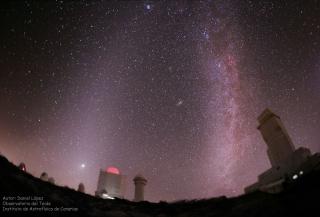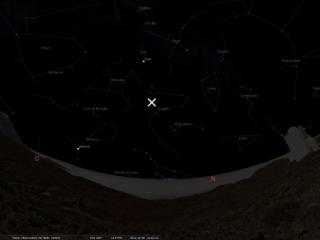
Written by Colin Kirby The headquarters of the Canarian Institute of Astrophysics shines bright with 400 of the sharpest minds but their chosen address, Milky Way Road (Calle Via Lactea), had me chuckling. ( Full article)
Advertised on


